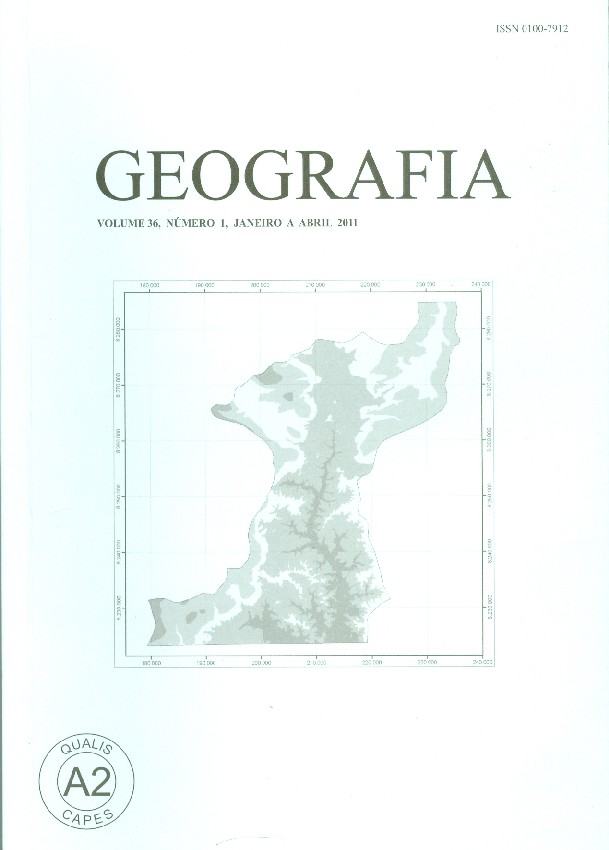CARACTERIZAÇÃO SAZONAL DO BALANÇO DE RADIAÇÃO NO COMPLEXO ESTUARINO-LAGUNAR MUNDAÚ-MANGUABA (ALAGOAS-BRASIL)
Abstract
Estudou-se a variação sazonal do Saldo de Radiação (Rn) e as componentes do Balanço de Radiação no manguezal do Complexo Estuarino-Lagunar Mundaú-Manguaba (Maceió-AL), no período de outubro de 2004 a outubro de 2005, onde verificou-se uma grande variação do Rn entre as estações seca e chuvosa, visto pelos valores médios máximos. Tal fato é decorrente, principalmente, da grande variação sazonal da Radiação global (Rg), da qual o Rn apresenta uma grande dependência. Foi percebido uma redução sazonal do Rn em torno de 44%, variando de aproximadamente 800W.m-2,durante a estação seca, para menos de 450W.m-2 na estação chuvosa. A sazonalidade do Rn também pode ser compreendida através do balanceamento entre ondas curtas e ondas longas, onde o Balanço de ondas curtas (Sn) denotou uma queda por volta de 44%, cerca de 860W.m-2 para menos de 480W.m-2, enquanto que o balanço de ondas longas (Ln) demonstrou um aumento sazonal na energia perdida por ondas longas no época seca, variando 33,3% entre as estações. Por meio dos dados coletados, geraram-se equações com coeficiente de determinação (R2) superiores a 0.8, possibilitando à estimativa do Rn em função do Rg e do Sn, ao longo do ano. Palavras-Chave: Micrometeorologia. Radiação solar. Manguezal. Saldo de Radiação. Seasonal Characterization of Net Radiation on the Mundaú-Manguaba Estuary-Lagunar Complex (Alagoas - Brazil) This work characterized the seasonal variation in net radiation (Rn) and the components of the radiation balance in the mangrove of the Mundaú-Manguaba Estuary-Lagunar Complex (Maceió-Al), during the period of October 2004 to October 2005. The measurements of Rn showed large variation between the dry and rainy season, as a result of the large seasonal variation in incoming shortwave radiation (Rg). A seasonal reduction of 44% in Rn was observed, varying from approximately 800Wm-2 during the dry season, to less than 450Wm-2 during the rainy season. The seasonality of Rn can also be understood through the balance between short and longwave radiation, where the net shortwave (Sn) experienced a decrease of 44%, approximately 860Wm-2 to less than 480Wm-2, while net longwave (Ln) indicated a seasonal increase in the energy lost by longwave radiation in the dry season, ranging up to 33.3% between the dry and rainy season. Through the data collected, best linear fit models were generated with a R2 greater than 0.8, making it possible to estimate Rn as a function of Rg and Sn throughout the year. Key words: Micrometeorology. Solar Radiation. Mangrove. Net Radiation.Downloads
Published
Issue
Section
License
The authors maintain the copyright and grant GEOGRAFIA the right of first publication, with the articles simultaneously licensed under the Creative Commons BY 4.0 License, which allows sharing and adapting the articles for any purpose, as long as appropriate credits and provisions of image rights, privacy or moral rights. Other legal attributions can be accessed at: https://creativecommons.org/licenses/by/4.0/legalcode.en.
Geography, Rio Claro, SP, Brazil - eISSN 1983-8700 is licensed under the Creative Commons BY 4.0 License.





